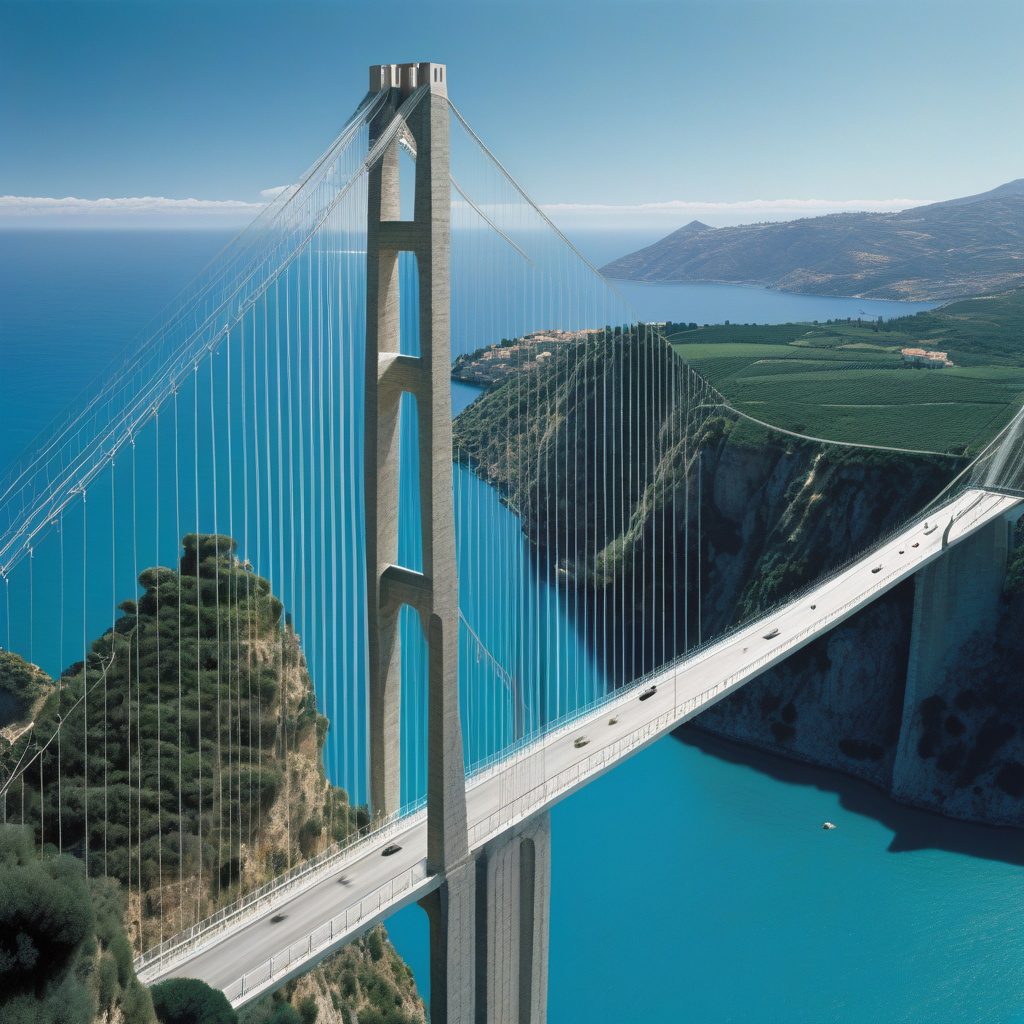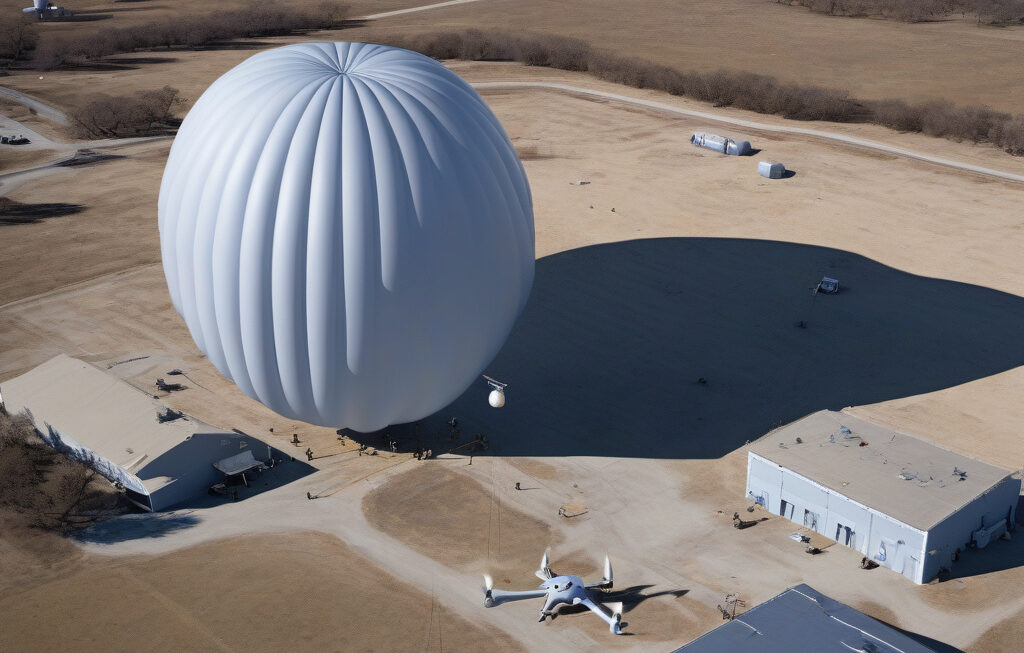World’s Longest Suspension Bridge: Italy Approves $15.6 Billion Connection to Sicily
After decades of discussion, Italy has finally approved a $15.6 billion project to build the world’s longest suspension bridge, connecting the mainland to the island of Sicily. This ambitious infrastructure initiative aims to enhance connectivity, boost economic growth, and promote tourism in the region.
The proposed bridge, named the Stretto di Sicilia Bridge, will span approximately 3.3 miles across the Strait of Sicily, linking the town of Villa San Giovanni in Calabria to Messina in Sicily. Once completed, it will surpass the current record-holder, the Akashi Kaikyō Bridge in Japan, by nearly 0.6 miles.
The decision to move forward with this massive undertaking comes after years of feasibility studies, environmental impact assessments, and public consultations. Proponents of the project highlight the potential benefits it could bring to the region, including reduced travel times, increased trade opportunities, and job creation during the construction phase.
While some environmentalists and local residents have raised concerns about the potential impact of the bridge on the surrounding ecosystem and communities, Italian authorities have committed to implementing strict measures to mitigate any adverse effects. These include wildlife protection initiatives, noise reduction strategies, and sustainable construction practices.
In addition to its practical implications, the Stretto di Sicilia Bridge is expected to become a symbol of Italy’s engineering prowess and innovation on the global stage. The project will require the expertise of architects, engineers, and construction professionals to overcome the various technical challenges associated with building such a monumental structure over a body of water known for its unpredictable weather patterns.
Furthermore, the bridge is poised to become a major tourist attraction, offering panoramic views of the Mediterranean Sea and serving as a gateway to the culturally rich island of Sicily. Its completion is likely to spur further development in the region, attracting investment and fostering economic growth in sectors such as hospitality, transportation, and infrastructure.
As Italy embarks on this ambitious endeavor, it joins a select group of nations that have dared to push the boundaries of engineering and design to create iconic landmarks that stand the test of time. The Stretto di Sicilia Bridge represents not only a physical connection between two landmasses but also a symbolic link between the past, present, and future aspirations of a nation striving for progress and prosperity.
In conclusion, the approval of the $15.6 billion project to build the world’s longest suspension bridge in Italy signifies a significant milestone in the country’s infrastructure development efforts. By bridging the gap between the mainland and Sicily, this monumental undertaking is poised to redefine connectivity, spur economic growth, and showcase Italy’s commitment to innovation on a global scale.
suspension bridge, Italy, Sicily, infrastructure, connectivity












